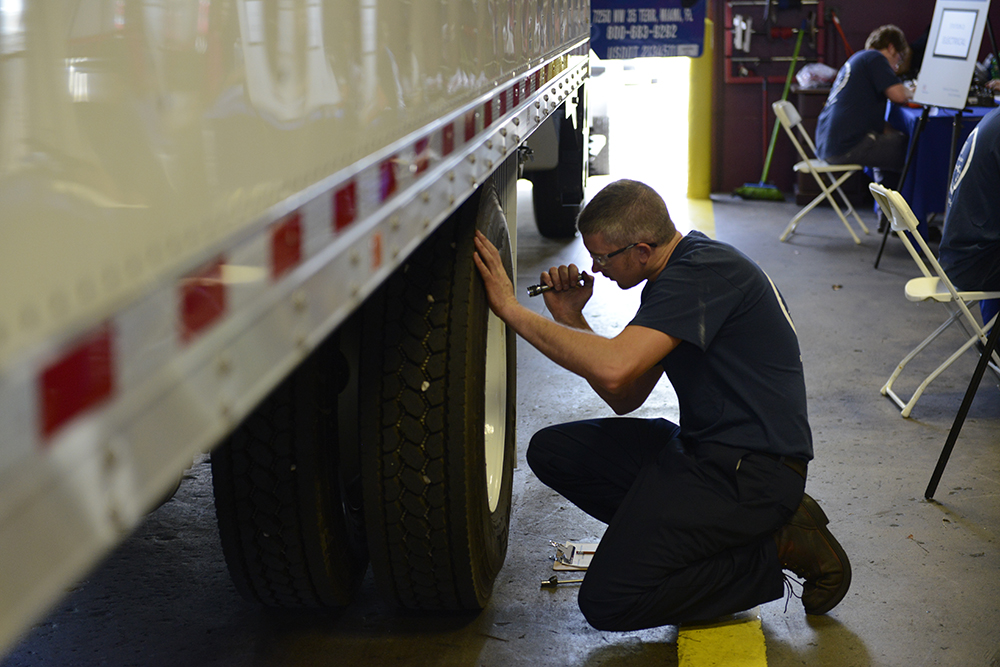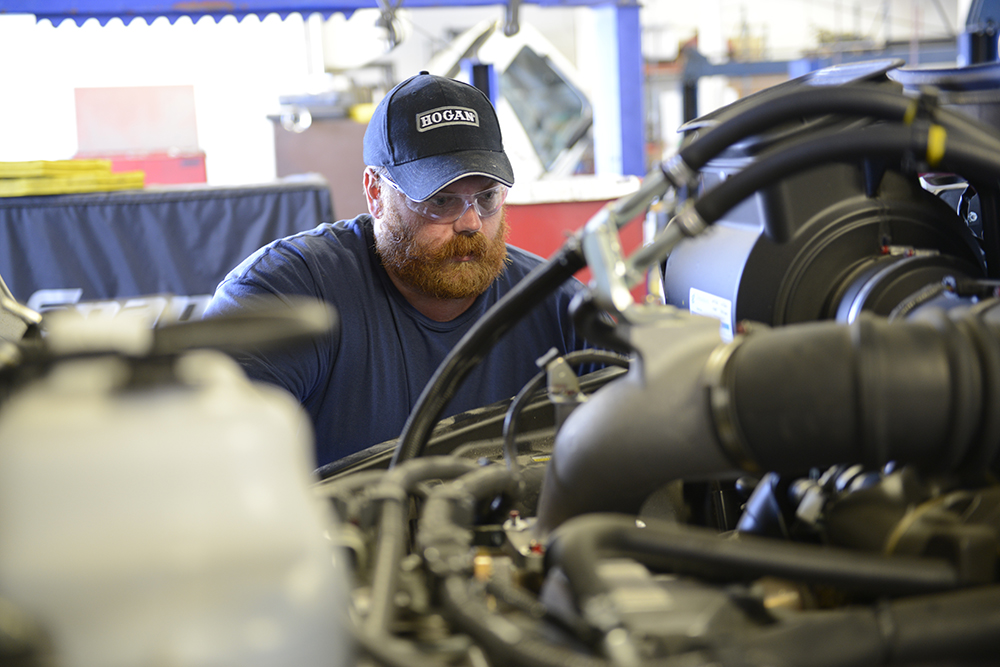Every business today is facing unprecedented challenges. Many of these challenges have been ongoing or have occurred in the past; the problem today is that all of these challenges are happening at the same time resulting in a tsunami of obstacles to growth.
Private fleets are hardly immune; they face supply chain backlogs, inflation, driver and tech shortages, a remote workforce, shifting regulations, and a possible recession, to name just a few. Plus, technology is moving at lightning speed, making it difficult for staff to keep up. So, with that in mind, fleet managers can’t just throw up their hands and say there is nothing to do but wait out these issues. Instead, they have to come up with ways to keep costs down while keeping trucks moving.
Up until recently, fleets would do an assessment of their vehicles, decide which ones had reached or exceeded their productive lifecycle, and retired those vehicles while purchasing or leasing new or newer models. That is simply not possible today. As we all know, there is simply no availability of new trucks and allocations for the foreseeable future are extremely tight. That’s why fleet managers have to get the most that they can out of their existing trucks, which means keeping them in top shape and on the road…all the while with a view towards cost containment until the economy and the truck market stabilizes.
Cost-cutting steps fleets can take
Preventive and proactive maintenance keep vehicles road-ready – I’ve posted numerous blogs on the importance of maintenance, both preventive and proactive. Just last week, I wrote a blog on how preventive maintenance can increase operational efficiency. Regularly scheduled maintenance and access to maintenance history for each truck enables fleets to extend the lifecycle of their vehicles. Proactive maintenance goes even deeper. The goal there is to understand where, why, and when problems occur, identify the root causes of those problems and address them before failures actually happen. By staying on top of any issues, you reduce downtime and costly repairs. What you’ll find is that some vehicles need more attention than others…that ‘one size fits all’ doesn’t apply when fleets must get the most out of every vehicle in the fleet. That’s why compliance is so important. Every schedule must be kept by the targeted vehicle and every vehicle in your fleet needs regularly scheduled maintenance.
Route optimization leads to fuel optimization – More miles driven, especially on busy highways leads to more fuel usage…and in this inflationary time, saving on fuel is more important than ever. Logistics (and technology) play a major role here. Sometimes the shortest distance, mile-wise, may not be the most efficient, and thereby, most cost-effective road to travel. Route optimization, utilizing appropriate software, considers traffic considerations, best time of day to travel, and best day of the week to travel. Since fuel costs, over the life of a truck, are the single biggest expenditure, anything that can optimize fuel usage is an invaluable capability. Better routing means less idling which also reduces consumption. Drivers need to be informed of all of the ways their particular driving practices may be contributing to fuel costs and how they can help reduce those costs by changing their driving habits.
Last-mile reevaluation – Consulting firm Ernst & Young posted an article in September of last year discussing the importance of developing a last-mile strategy in the midst of supply chain problems and pandemic restrictions. That many of those restrictions have abated hasn’t really mitigated the problems caused by shortages and supply chain issues. In addition, the pandemic caused many more people to rely on online purchasing (both B2C and B2B) which, in turn, led to customer expectations of faster and reliable delivery times. McKinsey, in a recently published article, talked about fulfillment models, including the fact that large, centralized DCs (distribution centers) have been the way companies always shipped goods to outlets. But the shift to online ordering and higher delivery expectations has led many companies to “evaluate new fulfillment models that move beyond the DC-centric model of the past. Today’s customer requires greater agility and greater speed than ever before, beyond what central DCs are currently set up to deliver on their own.” DCs closer to that “last-mile” can utilize smaller vehicles travelling less miles, which again saves on fuel and cuts repair and downtime costs.
Automation of back-office functions – Although much of the focus for fleets is on the drivers that use the vehicles and the techs that maintain and repair them, the fact is you have a lot of other people involved in running your business on a daily basis, from logistics to procurement to receiving to accounting (payables and receivables). Paper and manual processes are notoriously costly and inefficient. Automating and digitizing these processes will ensure accuracy, reduce costs, and reduce the chance for fraud. For this, many companies that don’t have internal staff to optimize these functions will turn to third-party providers that not only provide software but will manage that software and the processes involved.
Technology is a key to cost-cutting measures
CCJ recently posted an article discussing how fleets seem to have tempered their eagerness to invest in and adopt new technology, at least for the near term. The article cites a report from Escalent, a human behavior and analytics advisory firm, that notes “market readiness for adoption of technologies decreased from 2020 to 2021.” The report did note that the willingness to embrace adoption was higher in 2021 than in 2019. The drop-off is understandable; fleets are dealing with “rising fuel prices impacting cost of goods sold and transportation of those goods to vehicle supply constraints from the ongoing microchip shortage limiting new vehicle inventory and driving up the cost of used vehicles.” There is also the ongoing problem of unfilled jobs.
But, ultimately, fleets of all sizes understand that optimizing their fleet will rely on technology, from logistics software to telematics to data analytics and back-office automation. The last statement from the CCJ article makes it abundantly clear – “When financial and business climates become difficult or inconsistent, the fleets that have invested in telematics and data analytics solutions tend to persevere and thrive compared to fleets that have not deployed this technology. By streamlining their operations around the insights they gain through the power of data, these fleets are able to maximize their profitability, scalability and long-term ROI.”
Want to optimize your fleet? See how NationaLease can help.




